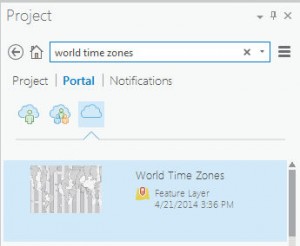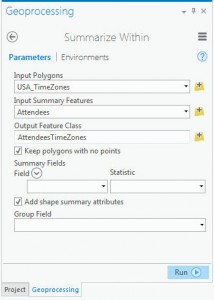Esri Regular Contributor
since
Monday
161
Kudos given
55
Solutions
553
Kudos received



